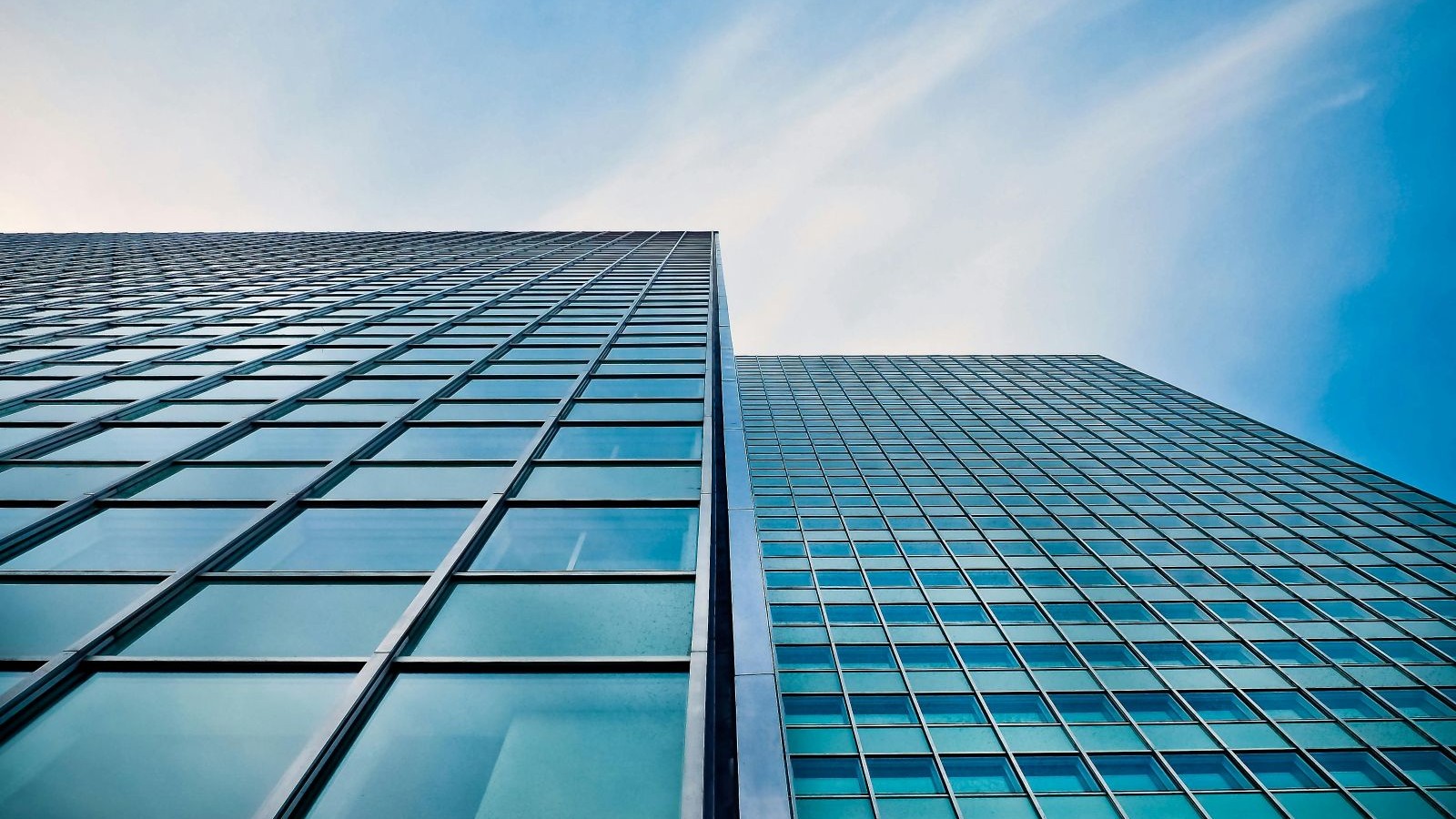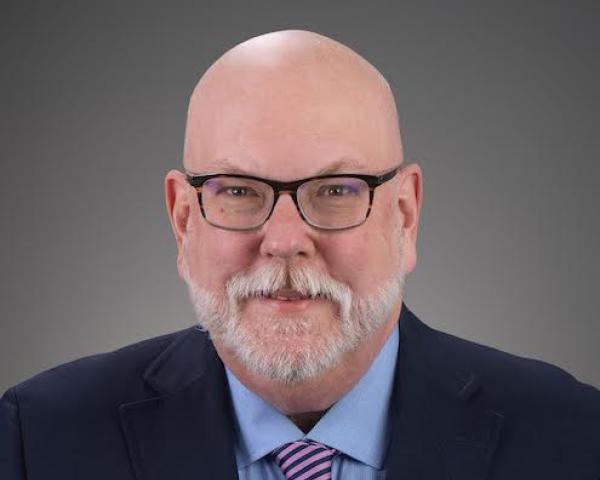My recent article on continuous underwriting drew some pushback from peers regarding the Tesla Insurance case study. Their argument: Progressive, State Farm, and Allstate have offered usage-based insurance for more than a decade—and they write far more of it. So, what makes Tesla Insurance special?
The difference is that Tesla sells cars, not insurance. Auto insurance is a variable in the car's total cost of ownership (TCO)—and Tesla Insurance exists to drive that number toward zero, or as close to zero as possible. Insurance isn't their business; it's their anti-business.
Tesla brings world-class engineering, its own AI infrastructure, and relentless drive to overcome barriers—including regulatory ones. With a $1.5 trillion market cap (as of this writing)—the equivalent of 11 Progressives, 24 Travelers, 28 Allstates, or 40 Hartfords—it packs serious financial firepower.
Embedded Insurance
It's hard to discuss continuous underwriting without considering embedded insurance. When Tesla bundles coverage with vehicle purchases, when Apple offers device protection, or when DoorDash automatically includes delivery insurance—these feel like features, not insurance products. The insurance almost disappears into the broader service relationship.
Tesla Insurance captures customers at the point of sale, when they're most inclined to bundle. Its customer acquisition cost is nearly zero (versus the industry average of $200-$800), it writes policies 20–30% below standard rates for good drivers while maintaining acceptable loss ratios, and its Net Promoter Scores exceed the industry average by more than 40 points.
This kind of experience turns insurance from a grudge purchase into an invisible part of something people actually enjoy. That perceptual shift creates space for continuous underwriting innovations to take root gradually, without friction.
The Convergence Thesis
Here's where this gets strategically fascinating: Multiple trillion-dollar technology companies—Tesla, Amazon, Apple, Google, Microsoft—all have business models where minimizing insurance costs creates competitive advantage in their primary markets. They possess:
- Superior data: continuous behavioral and environmental monitoring through devices and services
- Direct customer relationships: eliminating distribution costs that constitute 15-25% of premiums
- Technology infrastructure: claims automation, fraud detection, and risk modeling capabilities
- Brand trust: customers already trust them with payments, personal data, and critical services
Traditional insurers face a daunting scenario: the companies best positioned to innovate in insurance have no interest in sustaining the industry as currently structured. They want insurance to become a nearly free utility that enables their actual businesses.
The Timeline Question
- Will this disruption happen quickly or slowly? The answer varies by line:
- Auto insurance: 10-15 years as autonomous vehicles scale
- Cyber insurance: 5-10 years as security tools improve and become commoditized
- Property insurance: 15-20 years as smart home technology reaches critical mass
- Health/life insurance: 20+ years due to regulatory complexity and medical cost inflation
But the direction is clear. We are moving toward a world where insurance exists primarily as:
- Embedded features bundled free or nearly free with other products
- Regulatory compliance where coverage is legally mandated
- Catastrophic protection for truly unpredictable tail risks
The companies building this future aren't insurers trying to sell more policies. They are automakers, technology platforms, security vendors, and device makers for whom insurance is an obstacle to be minimized or eliminated.
Traditional insurers are defending a $1.3 trillion U.S. market. But they're facing adversaries who would gladly destroy 70% of that market if it means selling more of their own products.
The Transition—The Cybersecurity Vendors
Cyber is a textbook case of the elimination incentive. Cybersecurity firms like CrowdStrike, Palo Alto Networks, SentinelOne, and Microsoft profit from prevention, not protection—making cyber insurance their natural competitor.
Some see opportunity in cooperation. CrowdStrike partners with insurers, sharing data to improve underwriting and prove its users suffer fewer breaches. That helps customers pay less for coverage while quietly shrinking the cyber insurance market itself.
Microsoft's position is even more intricate. As both a top security vendor and the source of many exploited vulnerabilities, it has every reason to make breaches rarer. Its visibility into corporate systems through Azure, Office 365, and Windows gives it the data to underwrite risk directly—or eliminate it by making insurance nearly irrelevant.
The endgame isn't selling policies; it's securing systems so completely that the need for insurance disappears.
The Transition—The Hybrids
Out on the edge where technological possibility meets regulatory reality, a new wave of tech‑enabled MGAs and MGUs is emerging. They blend niche specialization—restaurants, beauty, wellness—with continuous underwriting, real‑time risk visibility, behavior‑based credits, and agent‑first digital distribution and economics.
In simple terms, they aim to be the best "program carrier + software layer" for independent agents in specific verticals, not broad, direct‑to‑consumer threats to the long-standing agency model.
With digital sophistication rivaling top cyber vendors, these companies work comfortably within existing regulations and sell through independent agencies using a human‑first model—spending most of their day actually talking to people.
If Tesla Insurance is a glimpse of what auto coverage will look like in 10 years, startups like Rainbow, Next, Coterie, Relm, and Thimble show the incremental progress toward that future happening right now.
In the end, healthy tension between innovators pushing for better experiences and regulators safeguarding financial markets keeps our industry moving—slowly, but in the right direction.




















